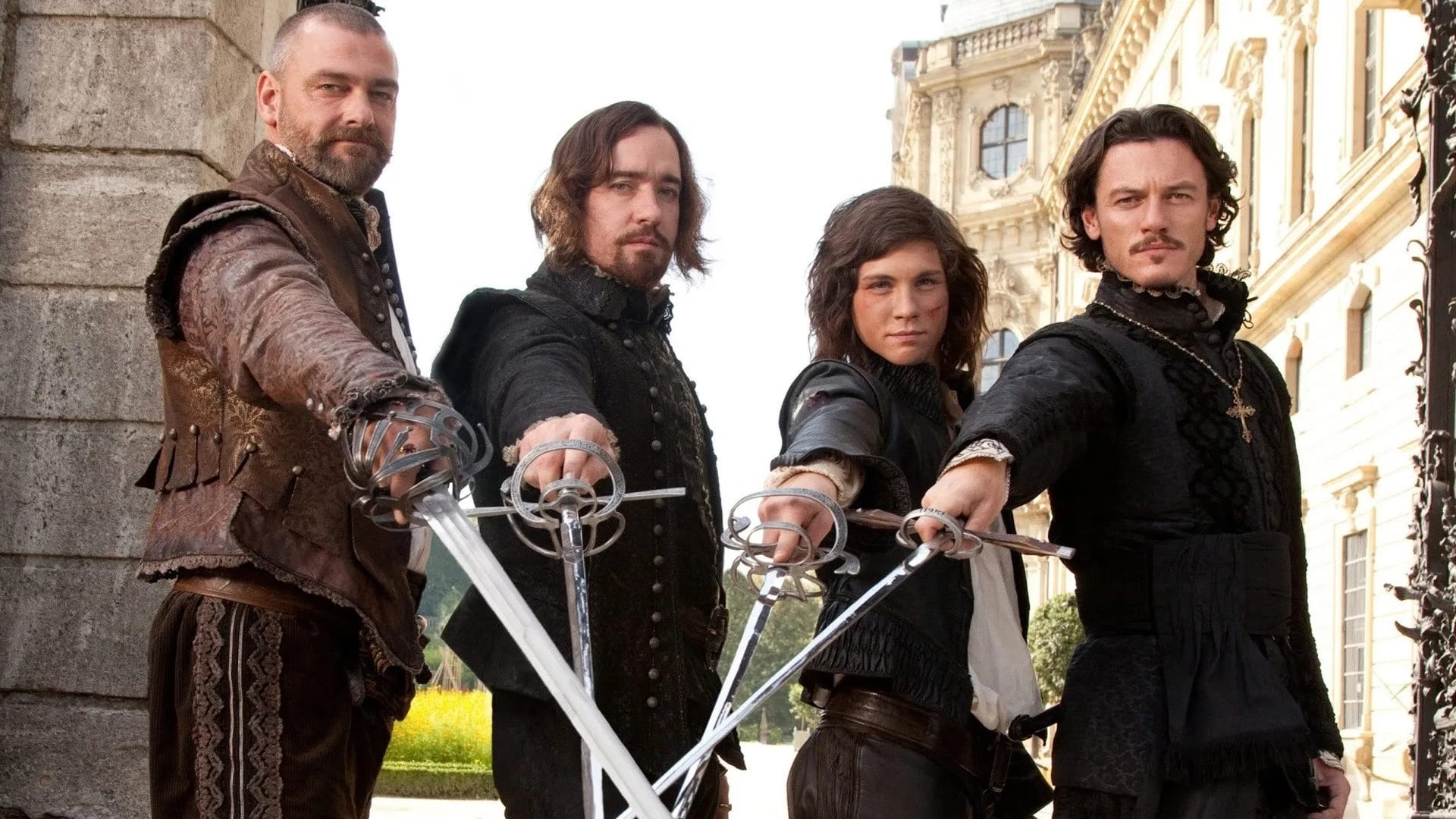Libera te Tutemet: The Three Musketeers (2011)
Anderson at his most idealistic.

One of the most critically and popularly maligned filmmakers of the past 30 years, Paul W.S. Anderson has finally begun to experience the beginning of an overdue evaluation. In honor of Anderson’s 60th birthday this month, this weekly series will each Monday celebrate the infamous “video-game movie” digital auteur behind films like Resident Evil, Pompeii and, most recently, In the Lost Lands. “Libera te Tutemet,” a Latin phrase featured in his Event Horizon, means “save yourself from hell.” Although sometimes compromised in their time or ahead of their time, Anderson’s films offer an alternative path forward for blockbuster filmmaking while still keeping one eye turned to the past.
Congested with political and sexual intrigue, duels, nationalism, sword fights and poisoning, Alexandre Dumas’s (and Auguste Maquet’s) The Three Musketeers is an impossible book to put down. Not every filmic adaptation has been justifiably entertaining. Several of the older French adaptations scurry away from the rompish silliness of the original. Others lack the formal qualities worthy of the book. But no one can accuse Paul W.S. Anderson’s 2011 adaptation of not being fun. The steampunk action film with flying pirate airships and a score that sounds like Tangerine Dream with a splash of rum is as caffeinated as 21st-century filmmaking gets.
“Every generation gets a Three Musketeers,” Anderson opined to Digital Spy while promoting the film. With every impulse to update and retell Dumas’s classic text comes a generationally and artistically specific iteration of the swashbuckling tale. The 1993 Walt Disney production tries its best to will 17th-century Paris into an amusement park, and the newer Martin Bourboulon films update the political commitments of Dumas from patriarchal monarchism to modern European liberalism. Anderson’s 2011 steampunk spin is remarkable for its faithfulness to the hearty idealism of the novel while still departing from and occasionally lampooning the source text.
The flying airships with Gatling guns (recreations from real weapons of the time preserved in a local Bavarian museum near where the production was filmed) are the most obvious departures from the swordfighting and chivalry of the Romantic novel. That’s a superficial or aesthetic departure. A change Anderson makes much nearer to the core of the novel is from the patriotism and nationalism that so defines the French text. It’s with a fun touch of irony that a British director imagines the distinctly French work using a largely Anglophile crew on a film produced in Germany with a score from an Austrian (Paul Haslinger from electronica group Tangerine Dream) without any French jingoism or flag loyalism.
Continue reading at the Midwest Film Journal.